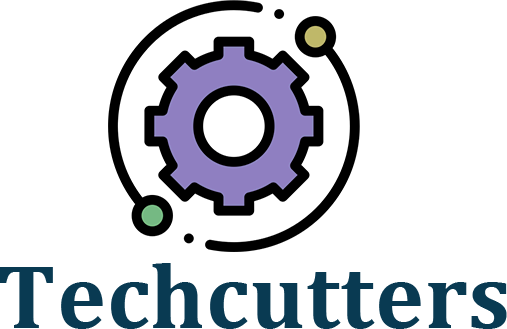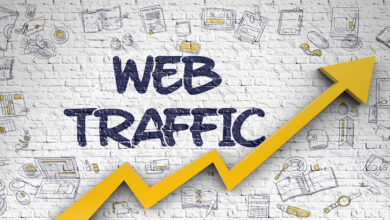Maximizing ROI with SEM and SMM: Best Practices for 2023

In today’s digital landscape, businesses are constantly seeking ways to maximize their Return on Investment (ROI) through effective marketing strategies. Two key components of any successful digital marketing campaign are Search Engine Marketing (SEM) and Social Media Marketing (SMM). By leveraging SEM and SMM, businesses can enhance their online visibility, reach their target audience, and ultimately achieve higher ROI. In this article, we will explore the best practices for utilizing SEM and SMM in 2023 to maximize ROI.
I. Understanding SEM and SMM
A. SEM: Search Engine Marketing
SEM refers to the process of driving website traffic by increasing visibility in search engine result pages (SERPs) through paid advertising. The primary tool for SEM is pay-per-click (PPC) advertising, where businesses bid on keywords relevant to their target audience. Effective SEM campaigns involve keyword research, ad creation, and landing page optimization to ensure maximum click-through rates and conversions.
B. SMM: Social Media Marketing
SMM involves leveraging social media platforms to promote products and services, build brand awareness, and engage with the target audience. Social media platforms like Facebook, Instagram, Twitter, LinkedIn, and YouTube offer various advertising options, including sponsored posts, video ads, and influencer partnerships. SMM requires a well-defined target audience, compelling content, and consistent engagement to drive traffic and conversions.
II. Integrating SEM and SMM Strategies
A. Keyword Research
Effective keyword research is crucial for both SEM and SMM. Identify relevant keywords that align with your target audience’s search intent and incorporate them into your PPC campaigns and social media content. Utilize keyword research tools to discover high-volume and low-competition keywords to optimize your campaigns further.
B. Cohesive Messaging
Ensure your messaging is consistent across both SEM and SMM channels. Align your ad copy, social media posts, and landing page content to provide a cohesive brand experience. Consistency in messaging helps build trust and recognition among your target audience, leading to higher conversions.
C. Remarketing
Remarketing allows you to re-engage with users who have previously interacted with your brand. By integrating your SEM and SMM strategies, you can create customized remarketing campaigns to target these users across various platforms. Utilize dynamic ads and personalized content to remind potential customers about your offerings and encourage them to convert.
III. Best Practices for SEM in 2023
A. Voice Search Optimization
With the rise of voice assistants and smart speakers, optimizing your SEM campaigns for voice search is becoming increasingly important. Focus on long-tail keywords and conversational phrases that align with voice search queries. Additionally, optimize your website for mobile devices, as voice searches are often performed on smartphones.
B. Local Search Advertising
For businesses targeting local customers, incorporating local search advertising is essential. Leverage location extensions and local targeting options in your SEM campaigns to reach users in specific geographic areas. Ensure your business information, such as address and phone number, is accurate and up-to-date across all directories and platforms.
C. Ad Extensions
Take advantage of ad extensions to enhance the visibility and performance of your SEM ads. Ad extensions provide additional information and options to users, increasing the likelihood of clicks and conversions. Utilize sitelink extensions, call extensions, and structured snippets to showcase relevant information and improve ad relevance.
IV. Best Practices for SMM in 2023
A. Video Content
Video continues to dominate social media platforms, offering high engagement and shareability. Incorporate video content into your SMM strategy to capture your audience’s attention and convey your message effectively. Create short, compelling videos that align with your brand and encourage social sharing.
B. Influencer Partnerships
Influencer marketing remains a powerful tool for SMM. Identify influencers relevant to your industry or niche and establish partnerships to promote your products or services. Choose influencers who align with your brand values and have an engaged and authentic following.
C. User-Generated Content
Encourage your audience to create and share content related to your brand. User-generated content not only provides social proof but also generates buzz and increases brand awareness. Run contests, encourage reviews and testimonials, and share user-generated content across your social media channels.
Conclusion
Maximizing ROI in 2023 requires a comprehensive approach that integrates SEM and SMM strategies. By understanding the intricacies of both SEM and SMM, conducting thorough keyword research, maintaining cohesive messaging, and implementing best practices for each, businesses can achieve higher visibility, engagement, and conversions. Stay up-to-date with the latest trends and technologies in SEM and SMM to ensure your marketing efforts remain effective and profitable in the evolving digital landscape.





